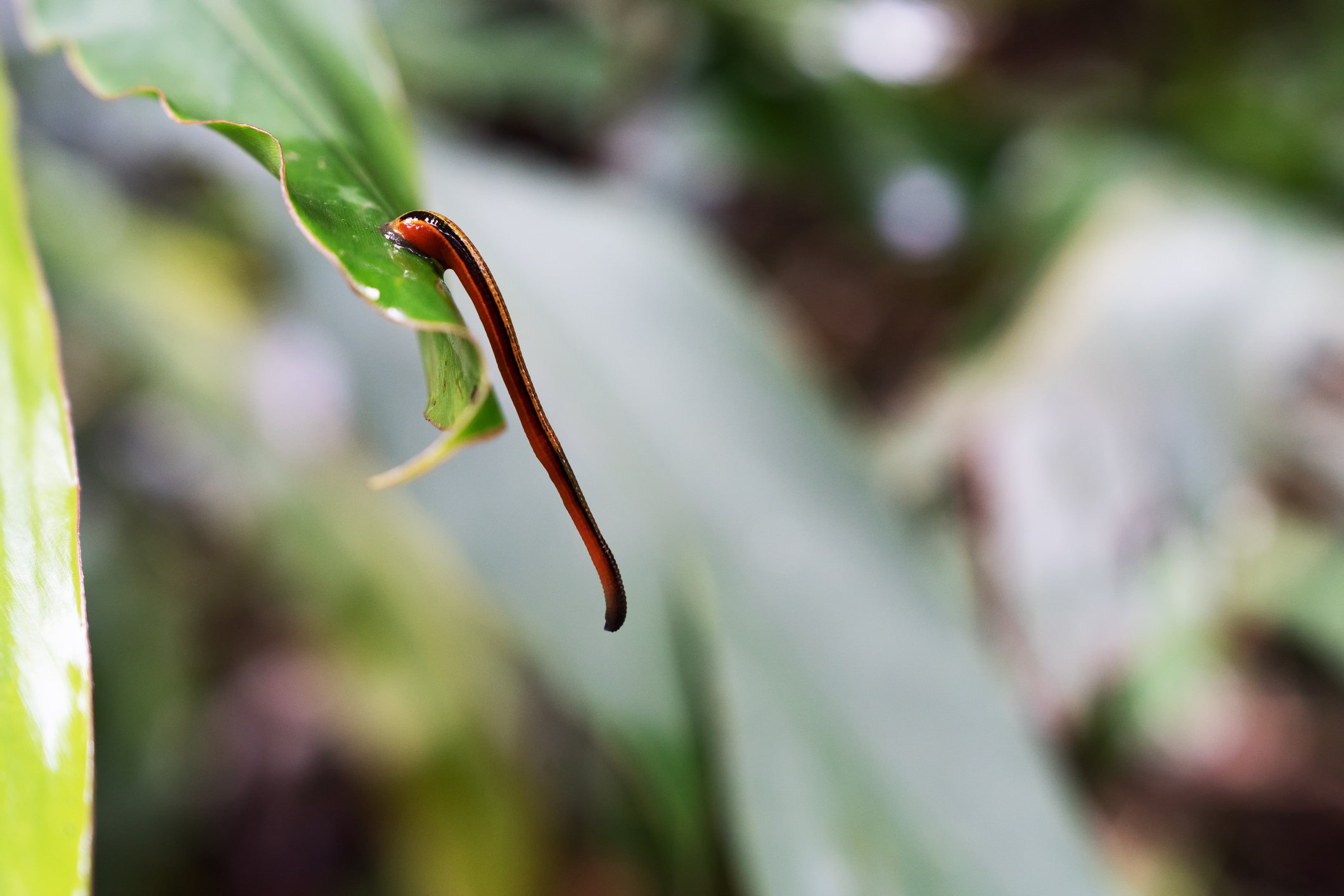This weekend's U.S. Olympic Diving Trials saw many dizzying dives from varying heights. Delaney Schnell won the individual women's 10-meter platform, qualifying her for a second event in Paris along with the synchronized 10-meter with Jess Parratto. Andrew Capobianco made his second Olympic team, winning the 3-meter springboard event. And 20-year-old Carson Tyler became the first American since 2000 to qualify in both the 3-meter springboard and 10-meter platform individual events. Congratulations to them!
As a casual watcher of Olympic diving, I have a baseline sense of what makes a good dive. There are many positions one can have during a dive, such as pike (straight knees and a tight bend at the hips) or tuck (where your body is a ball), as well as stunts one can perform in the air, such as somersaults or twists. There can also be stunts performed on the diving board or platform itself, such as a hair-raising handstand. The best dives are splashless, which divers can achieve by clasping their hands together and entering the water perpendicular to the surface. The dream is a "rip entry," which creates the sound of a paper being ripped in two.
THAT ENTRY 😱
— NBC Olympics & Paralympics (@NBCOlympics) June 23, 2024
Delaney Schnell absolutely NAILED this dive and leads the women's 10m platform final.
📺 @nbc & @peacock | #DivingTrials24 pic.twitter.com/7CFbqQ0SXu
The best dives from this weekend were beautifully acrobatic and largely splashless. Observe Carson Tyler's 10-meter. What a wee little splash, like dropping a pebble into a still pond!
Carson Tyler is giving a MASTER CLASS in diving. 😮
— NBC Olympics & Paralympics (@NBCOlympics) June 22, 2024
📺 @peacock | #DivingTrials24 pic.twitter.com/BYpWVa38eP
For all the revelry of the day, I couldn't help but notice the U.S. diving trials had excluded one notable jumper, possibly because they are from Madagascar and not the United States. But no matter!
Meet the jawed land leech Chtonobdella fallax. Leeches are a specialized group of worms, many of which have adapted to feed on blood. Most leeches live in fresh water, but some have evolved to live among the leaf litter of rainforests. One such group of land leeches, Chtonobdella can be found in subtropical and tropical areas around Madagascar, as well as the Seychelles, the Malay Archipelago, and the South Pacific Islands.
For more than 130 years, scientists had debated whether land leeches could jump, according to a new paper in Biotropica. The first suggestion of the leech's diving abilities appeared in the 14th century, when a Muslim traveler named Ibn Battuta described "flying leeches" in what is now Sri Lanka in the 1300s. "When a man approaches, it jumps out at him, and wheresoever it alights on his body the blood flows," Battuta wrote. Scientists dismissed such apocryphal claims, suggesting instead the land leeches must be falling from overhead onto unsuspecting victims. But the new paper suggests that a Chtonobdella leech can indeed jump, and includes video of one giant leap for leechkind:
Although much of the distance the above leech covers in its jump is due to gravity, one could say the same of Olympic divers. And the leech appears to coil back before jumping, maximizing its potential energy. The leech may not achieve the enormous skyward height of a leaping gall midge larva, but it is no small thing for an animal that looks like a noodle. Was Battuta proved right?
Not everyone is convinced. Sheila Patek, a biologist at Duke University who has studied jumping caterpillars, told Science News she was not convinced of the leaping leech, describing the act "like something in between falling, controlled aerial descent, and directed launch. I honestly cannot tell whether that’s a jump or not."
Regardless of whether the leech is leaping or falling, the discovery leads to an arguably more important question. How is the leech's form? Madagascar, which has sent athletes to nearly every Olympic Games since its first appearance in 1964, has never qualified a diver and never won a medal of any kind, leaving experts (Ed. note: which experts?) to ask: Could one spunky emerging talent change Madagascar's track record?
Somersaulting might be out of the question, but could this bloodsucking worm achieve a rip entry? The land leech is leaping, unsurprisingly, onto land, making it impossible to calculate what kind of splash such a dive would have created, and the judges might dock points for the worm's groping hesitancy before their leap. But I have certainly seen worse dives at the Olympic Games. Besides, the leech's body is so small that their splash would be infinitesimal compared to even the best human diver, and as a hermaphrodite, they could enter both the men's and women's competitions. Give Chtonobdella a chance to make their country proud! Let a leech compete in the Olympics, and let them be an inspiration for little leeches everywhere that no dream is too big, no jump too high, and no blood too far out of reach.






